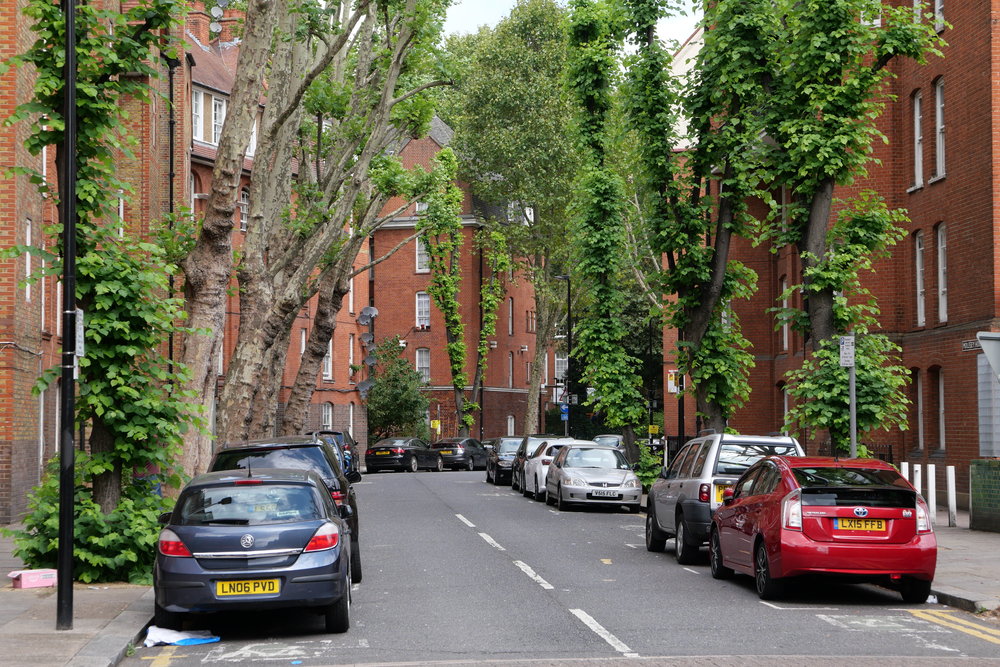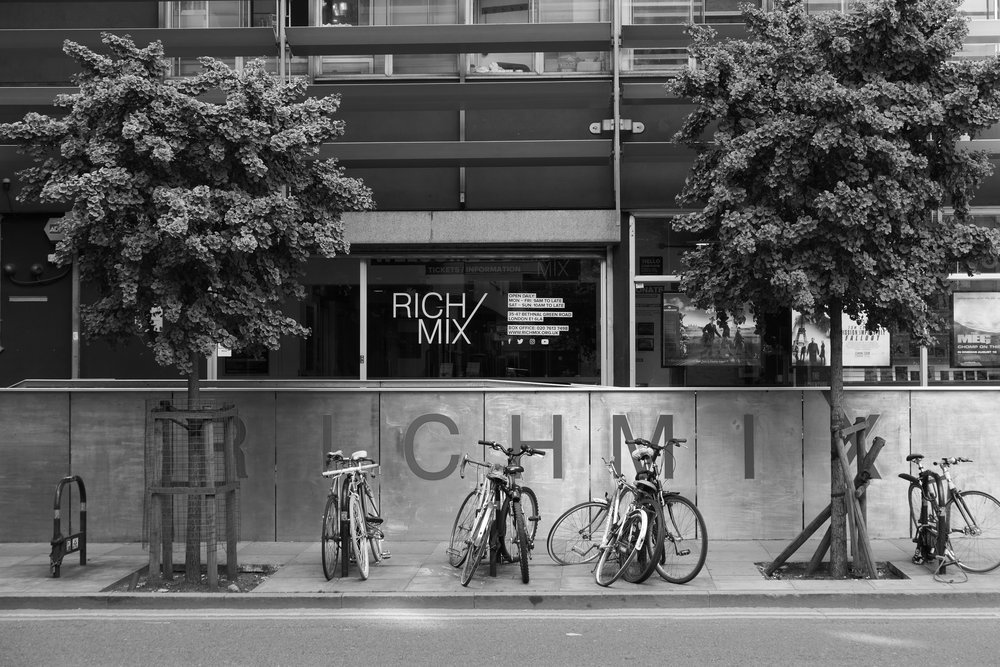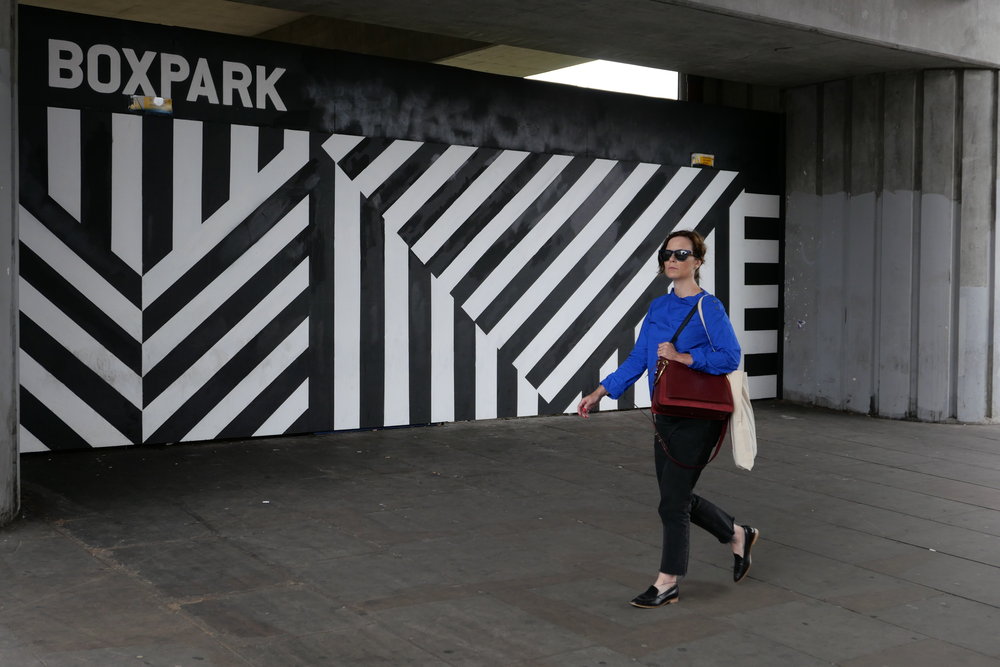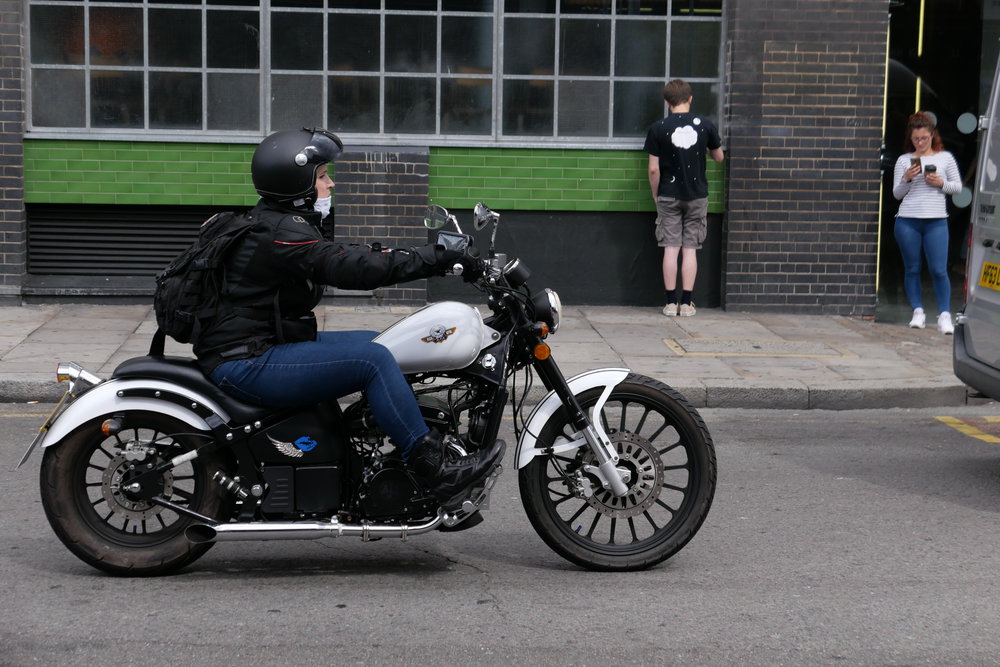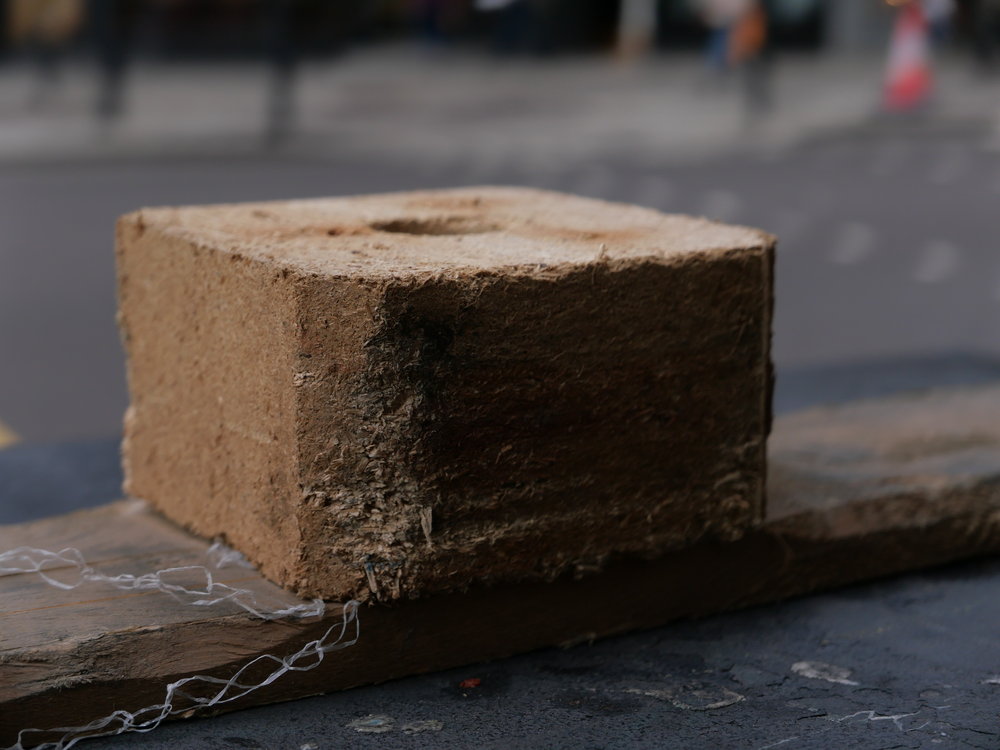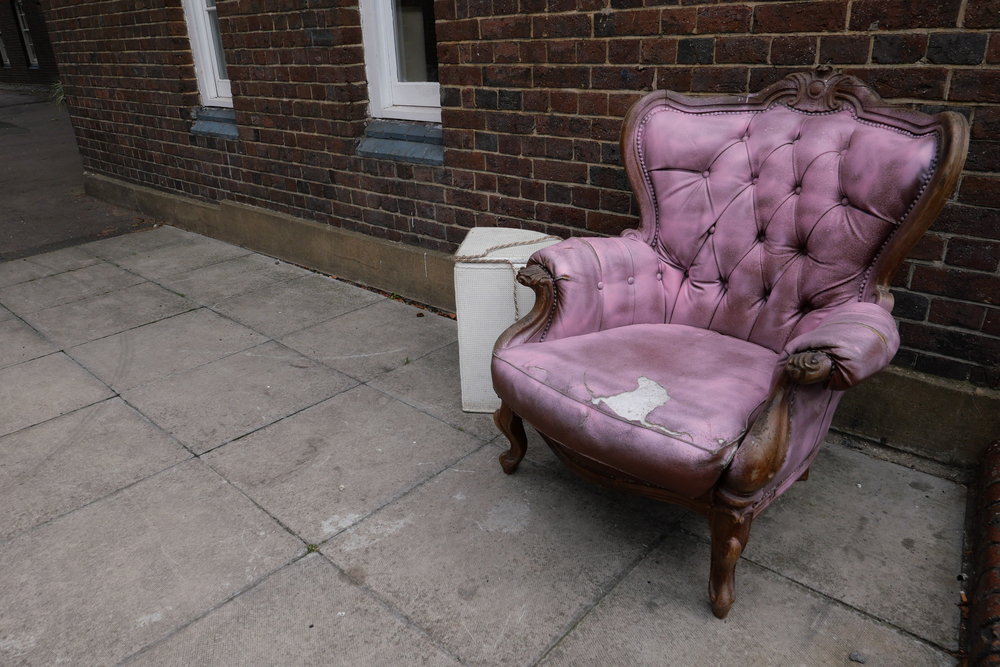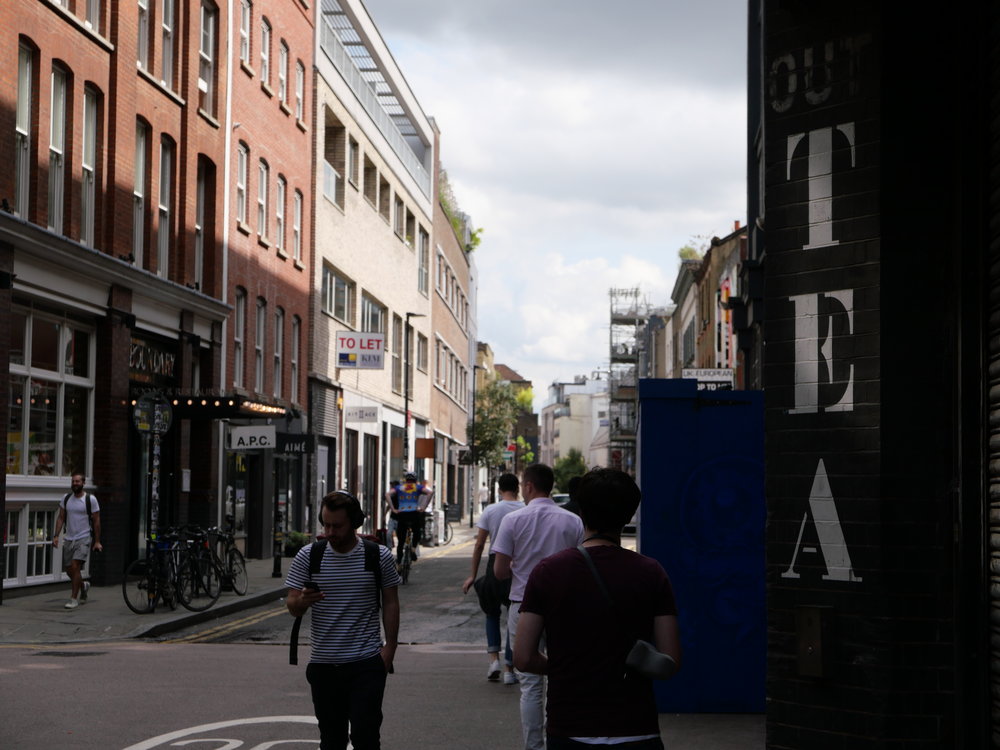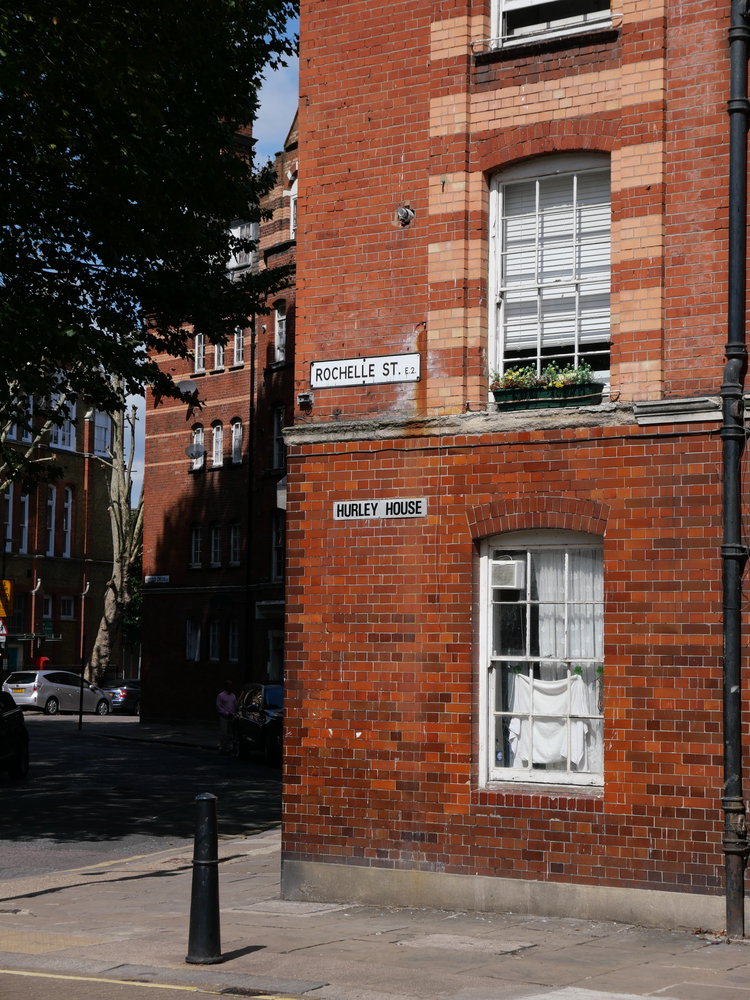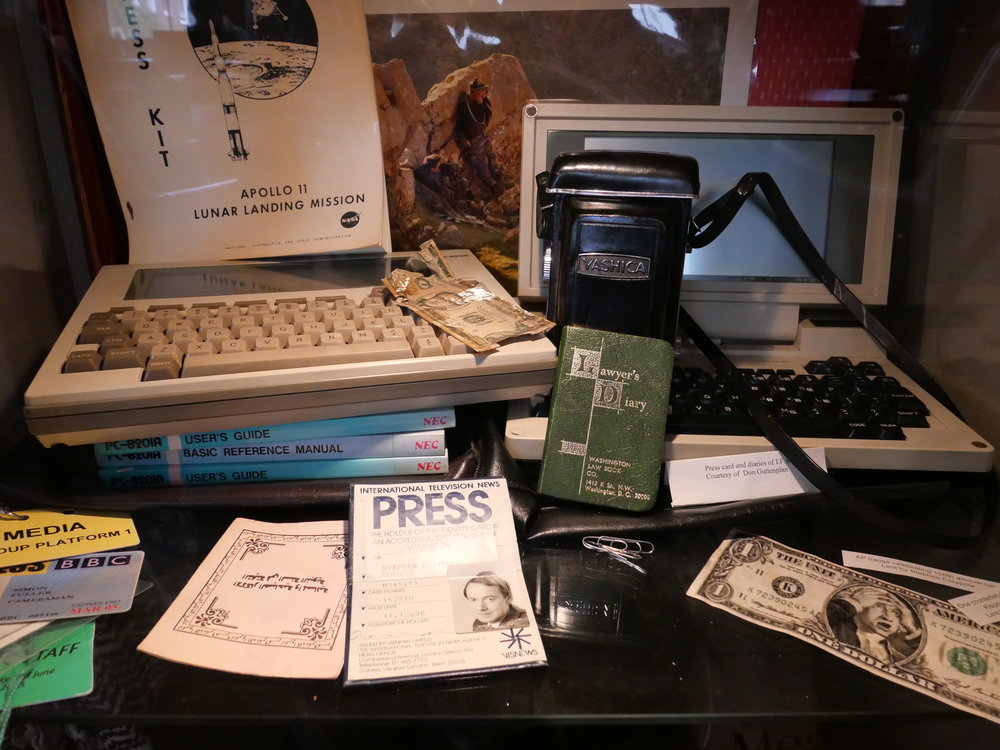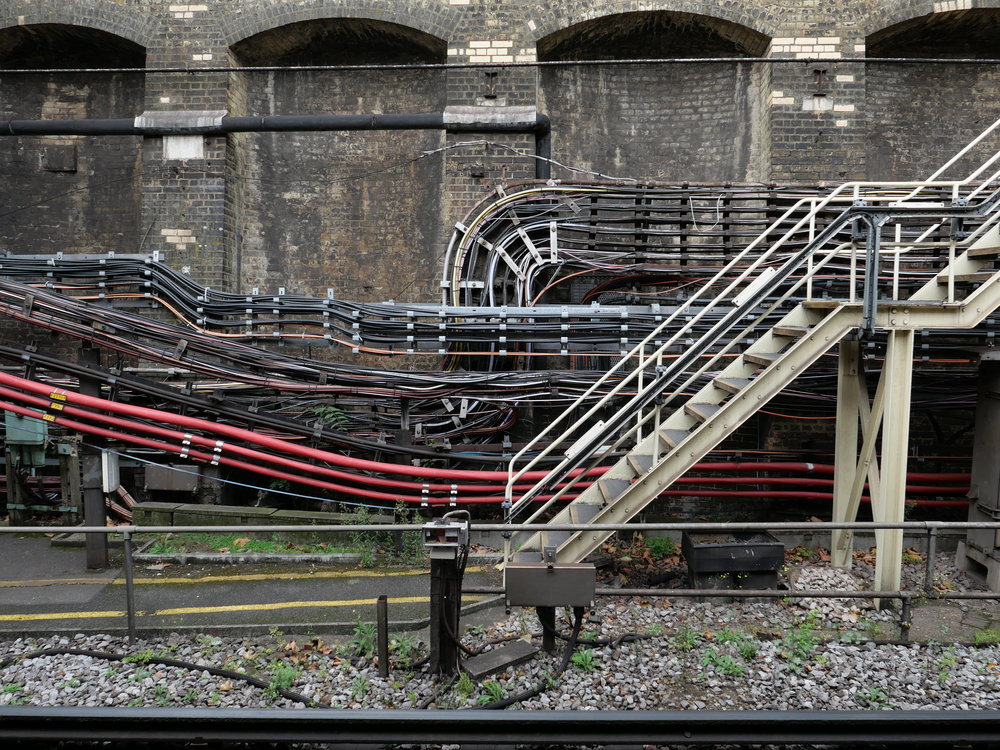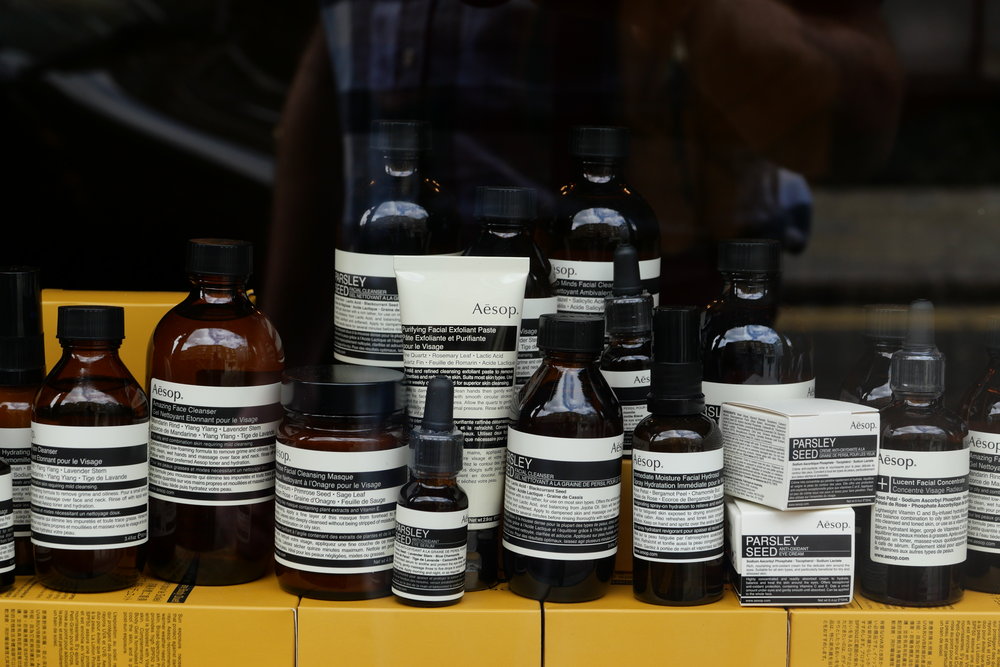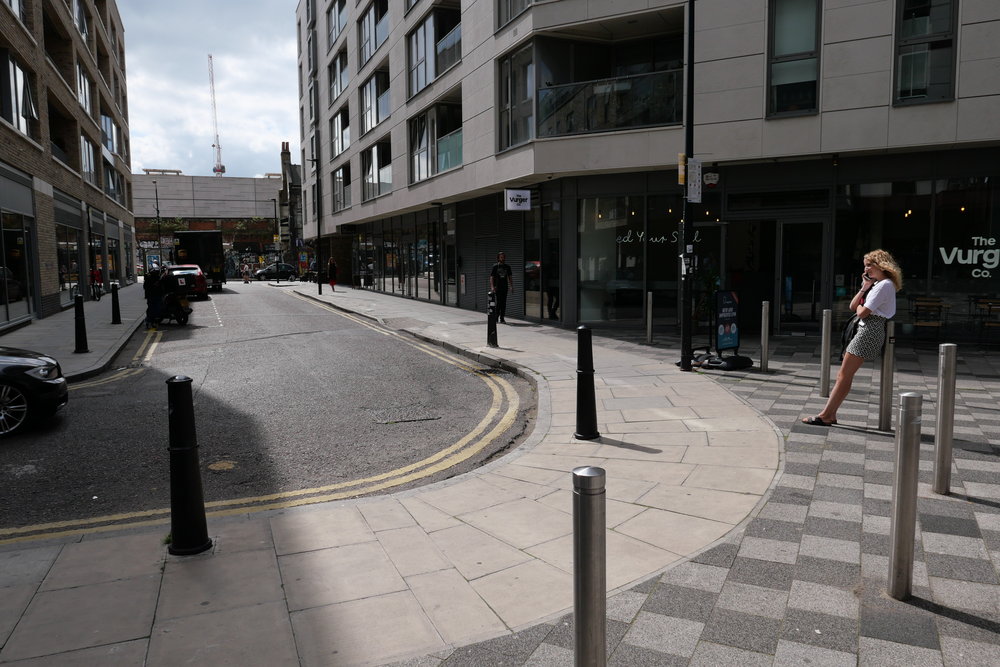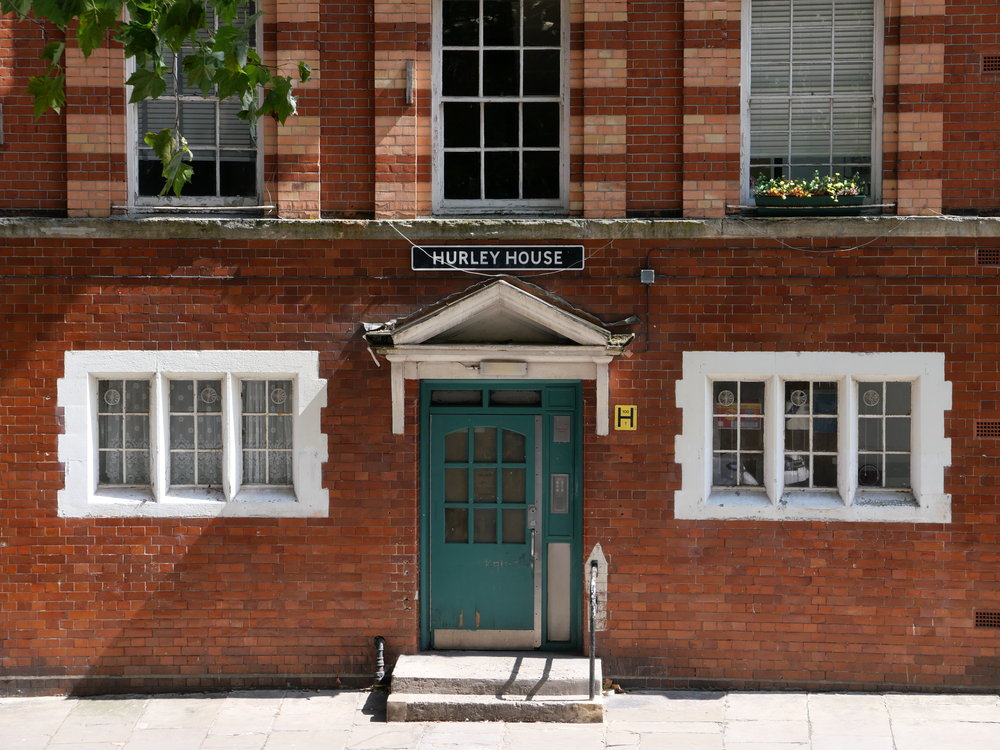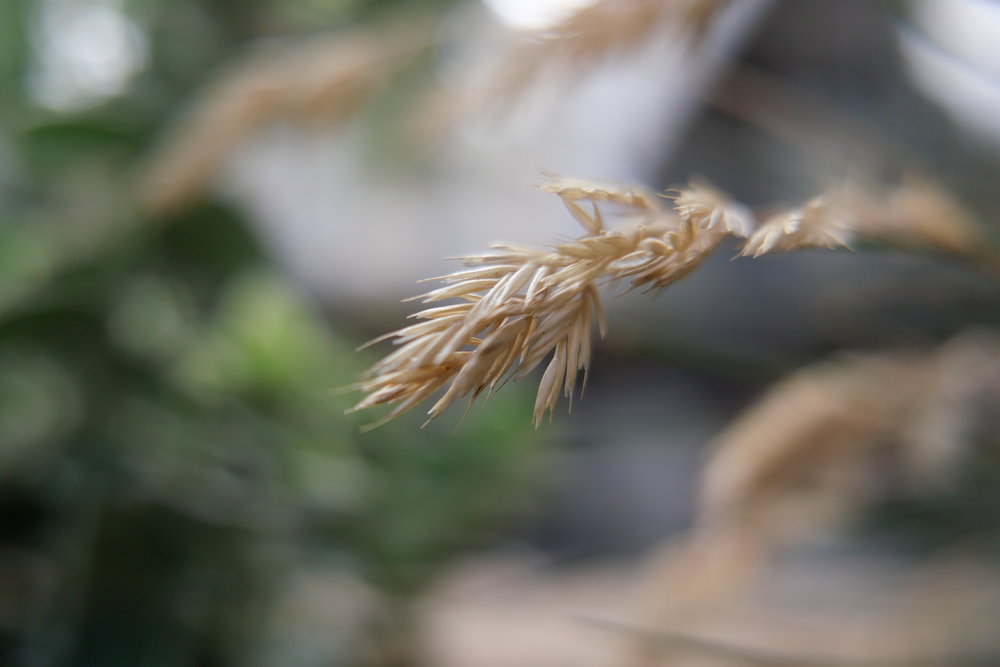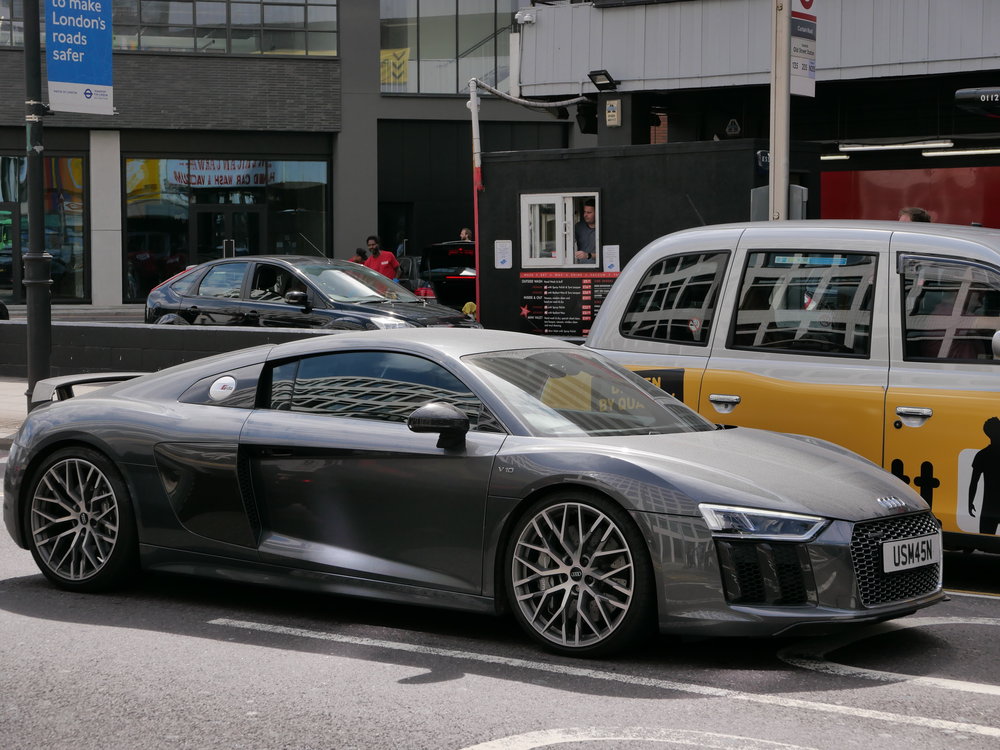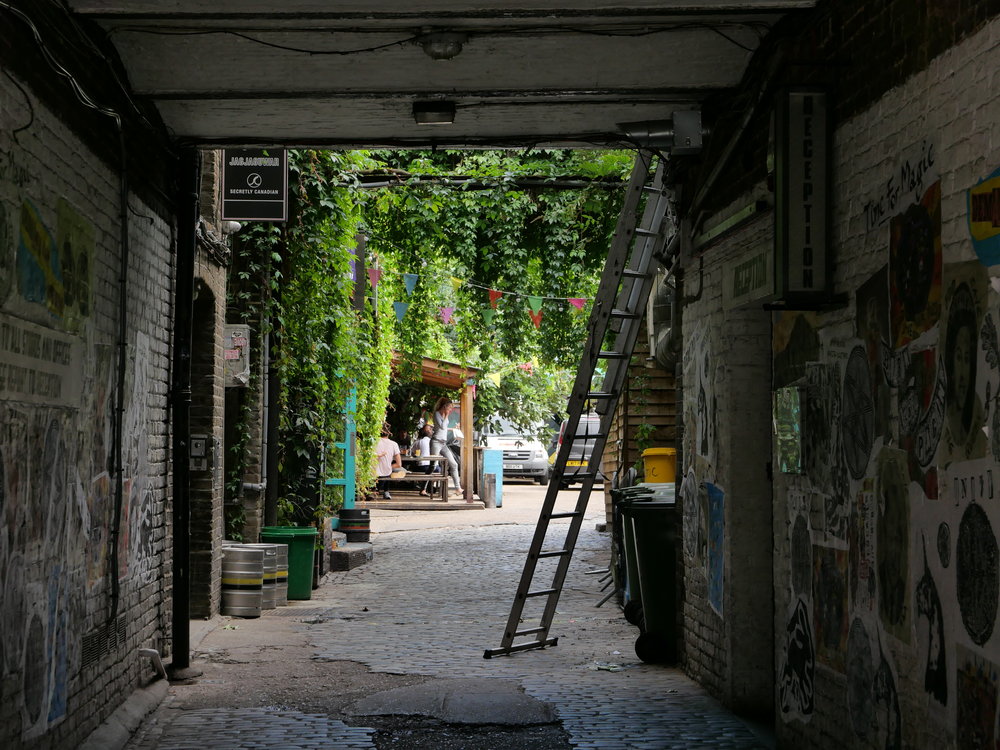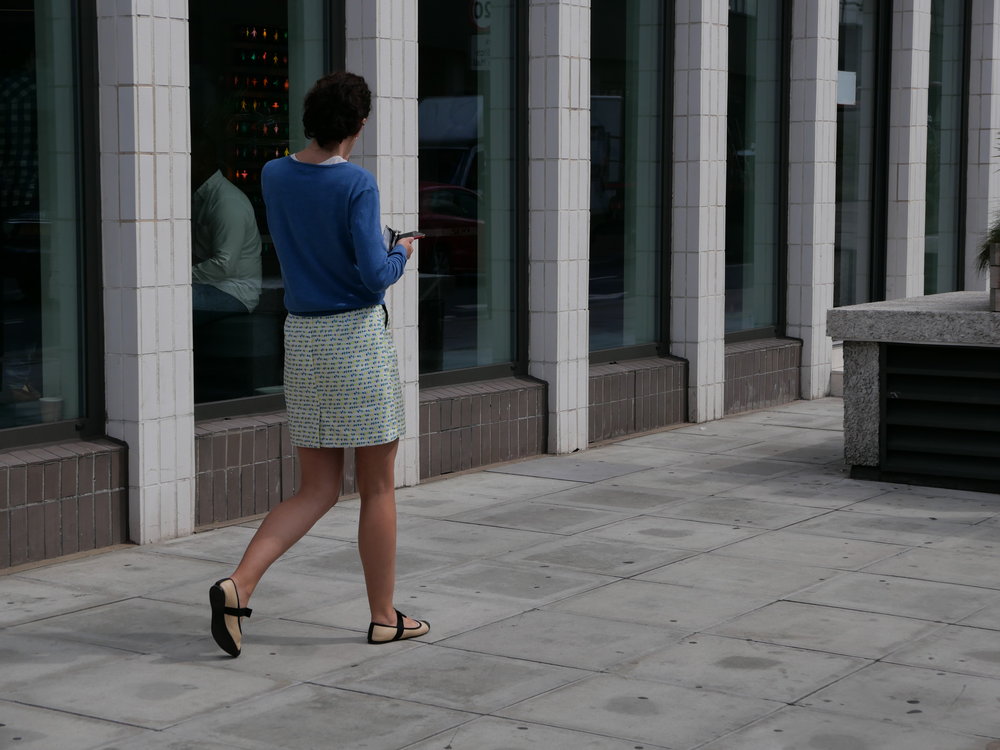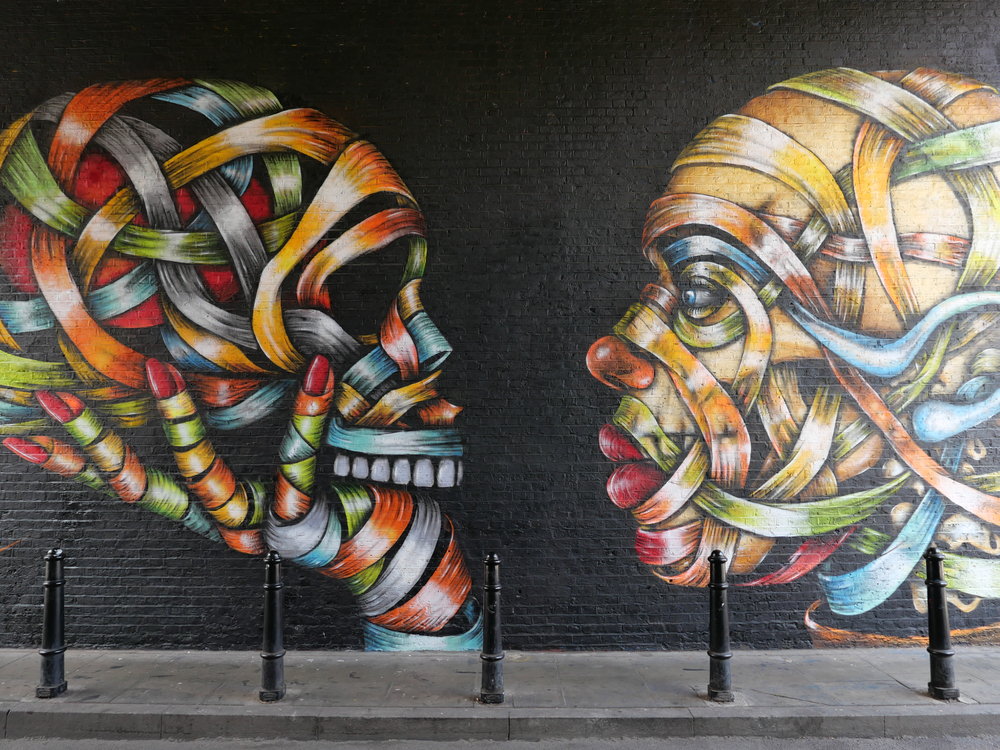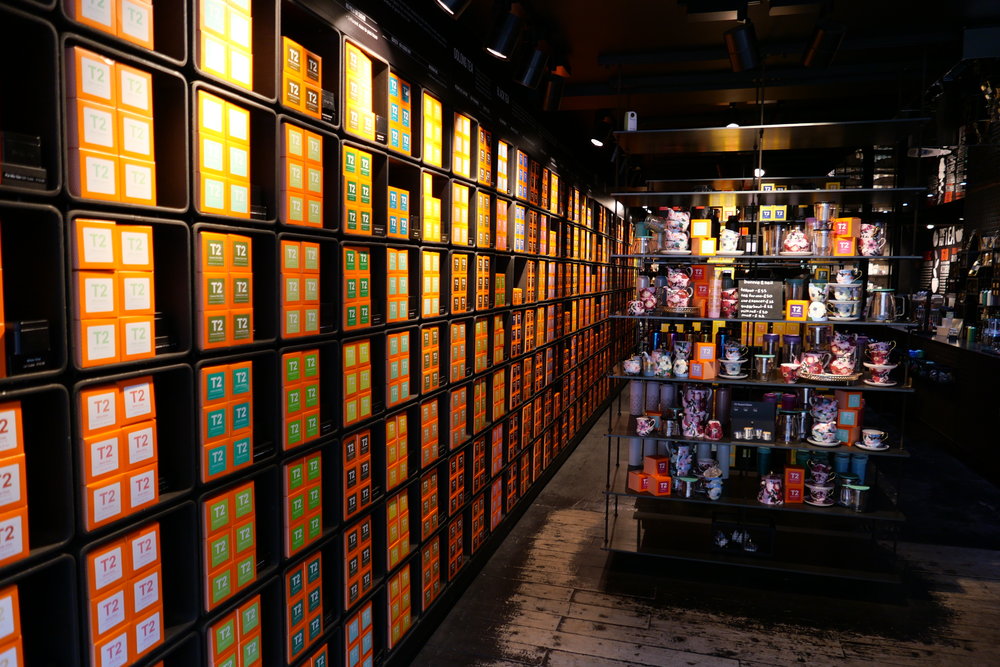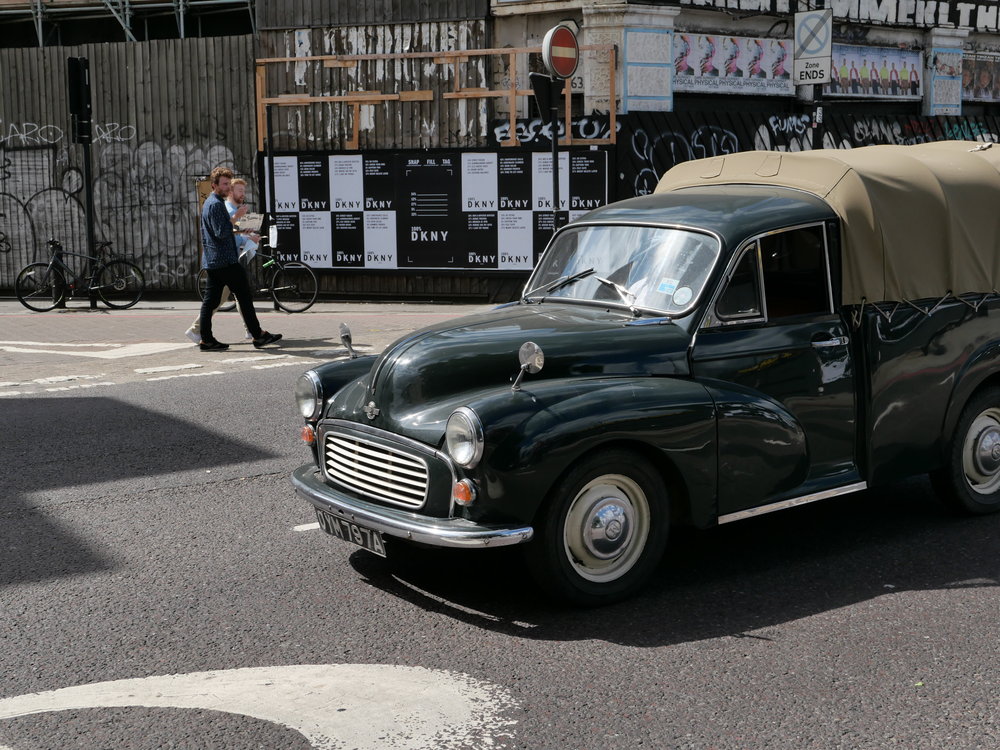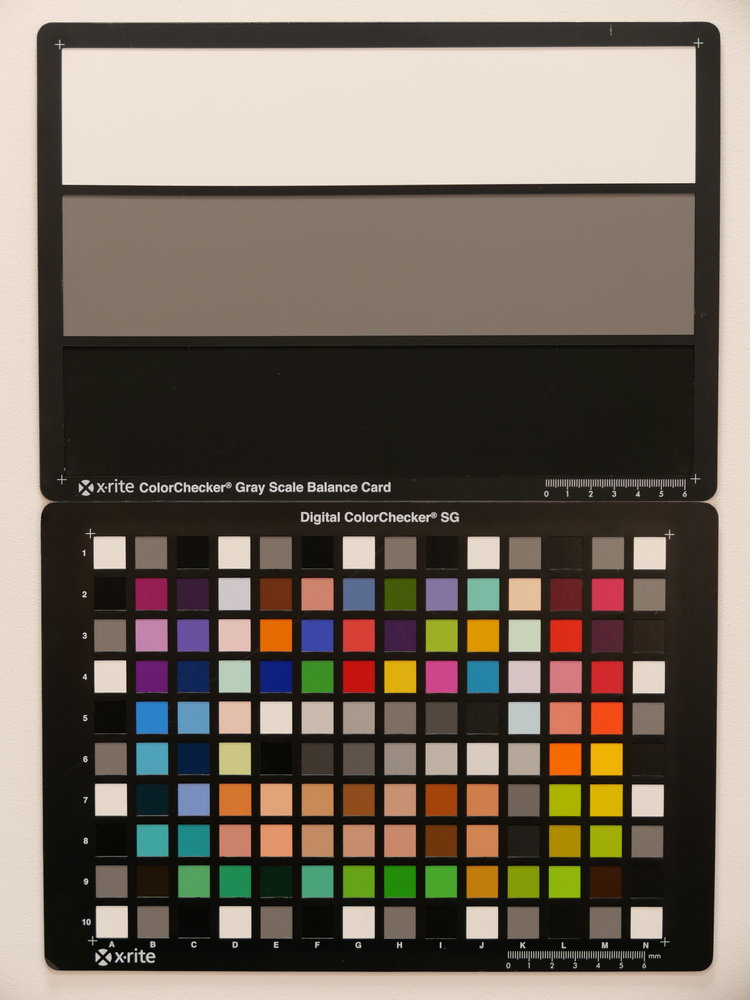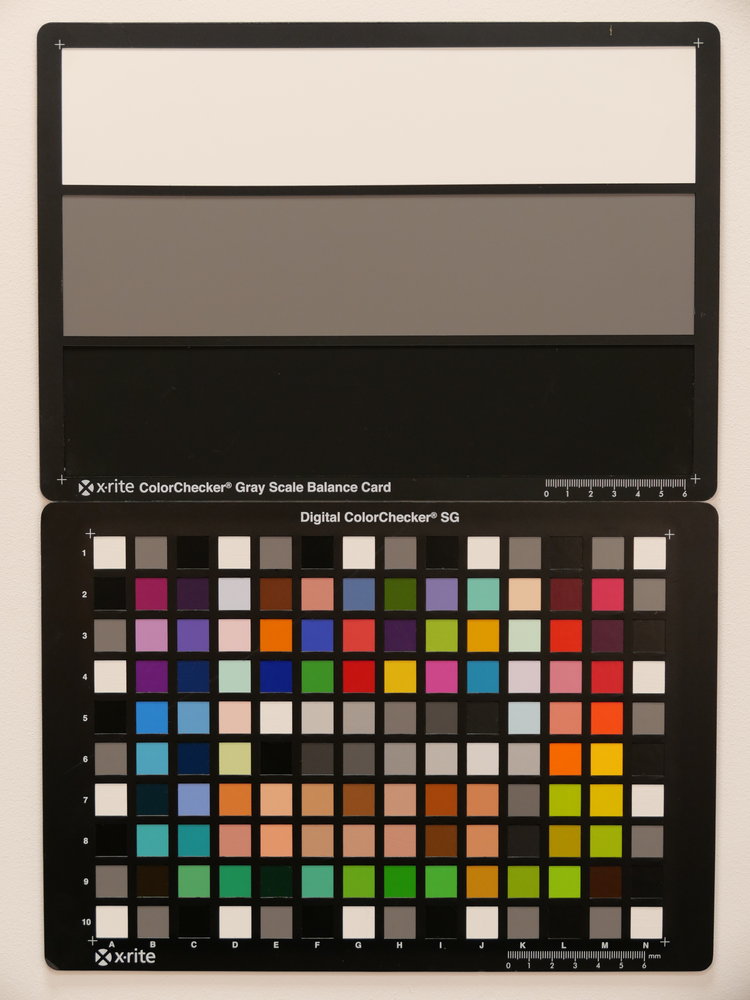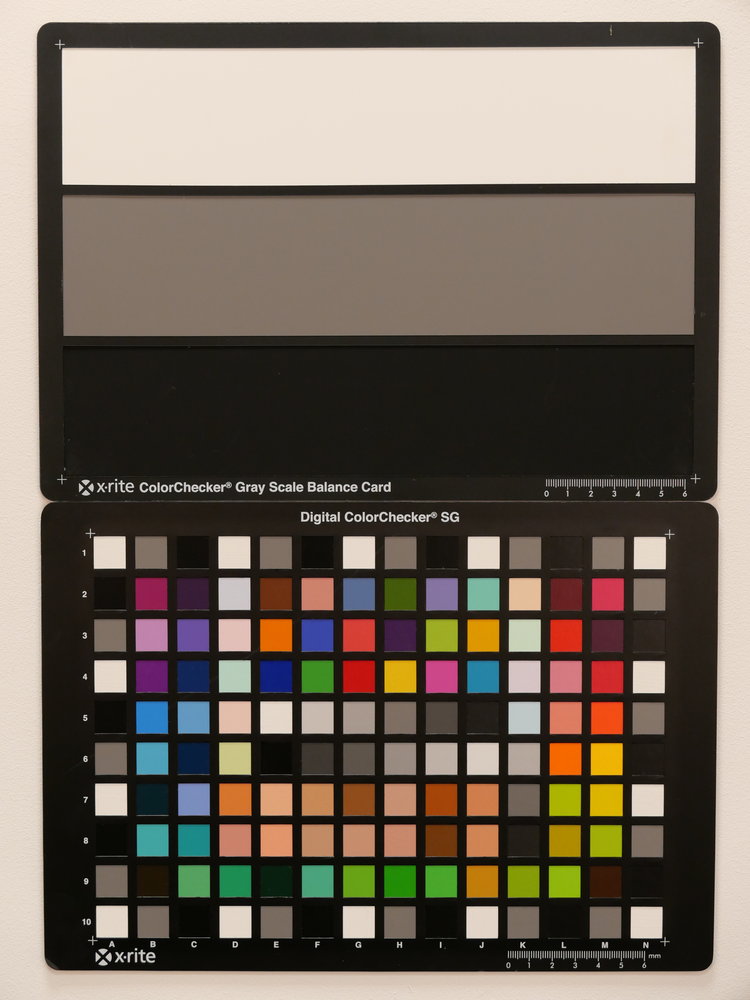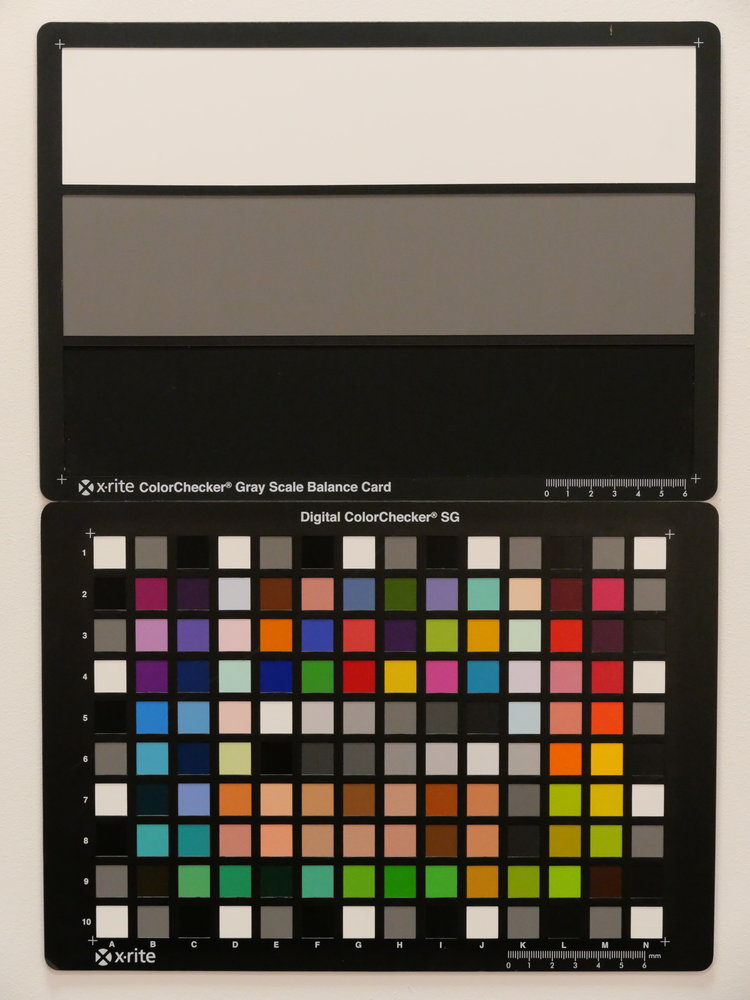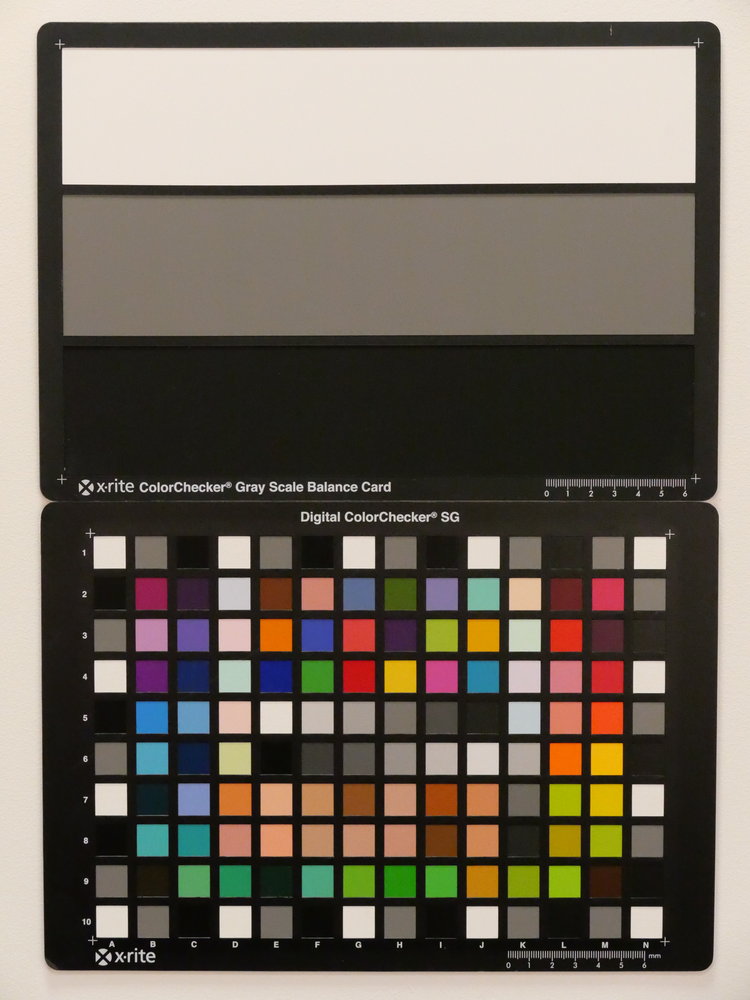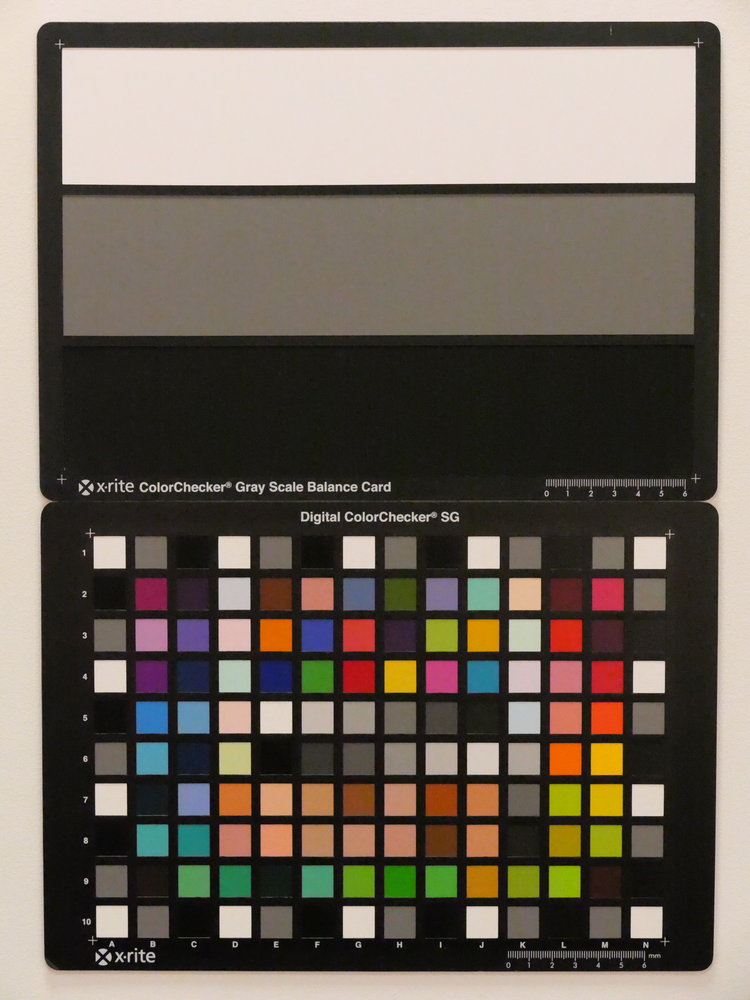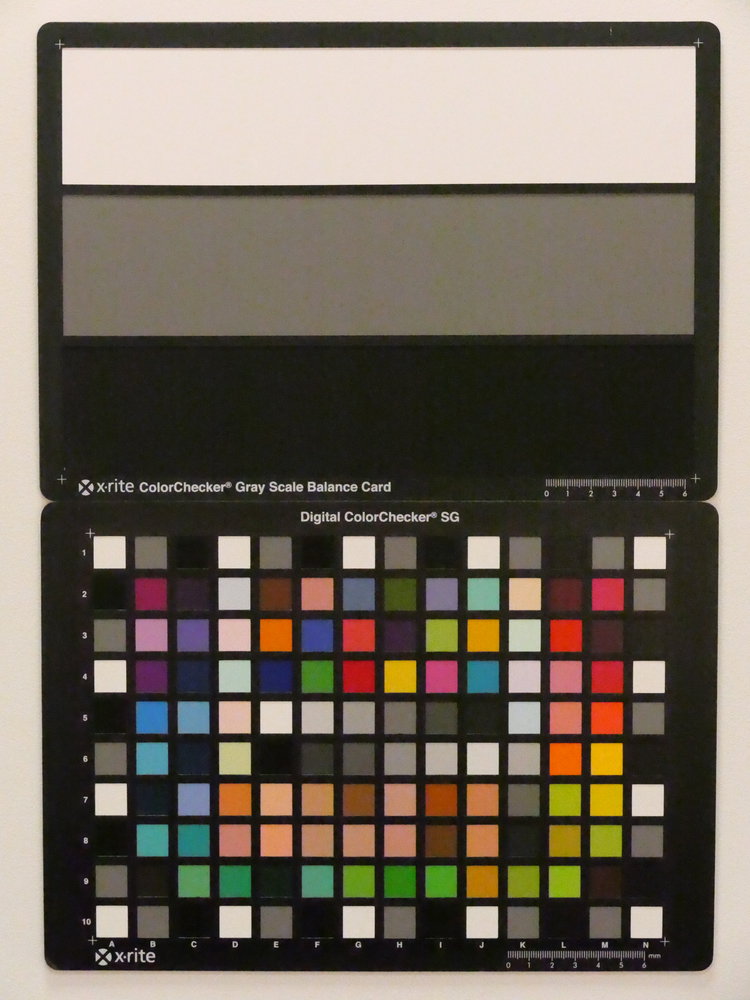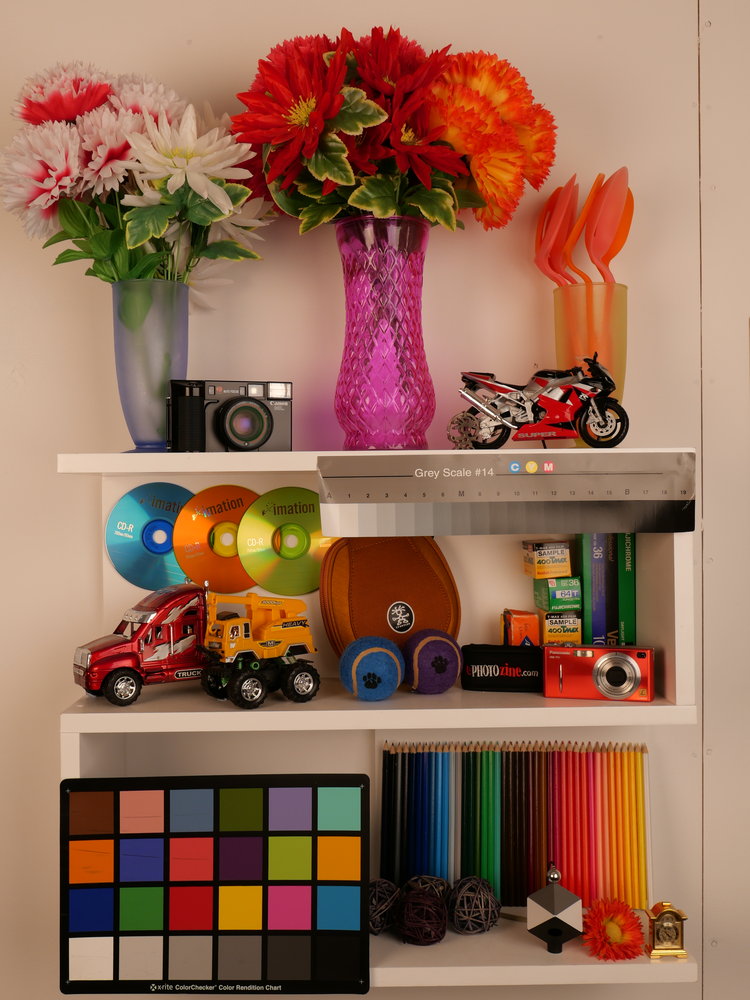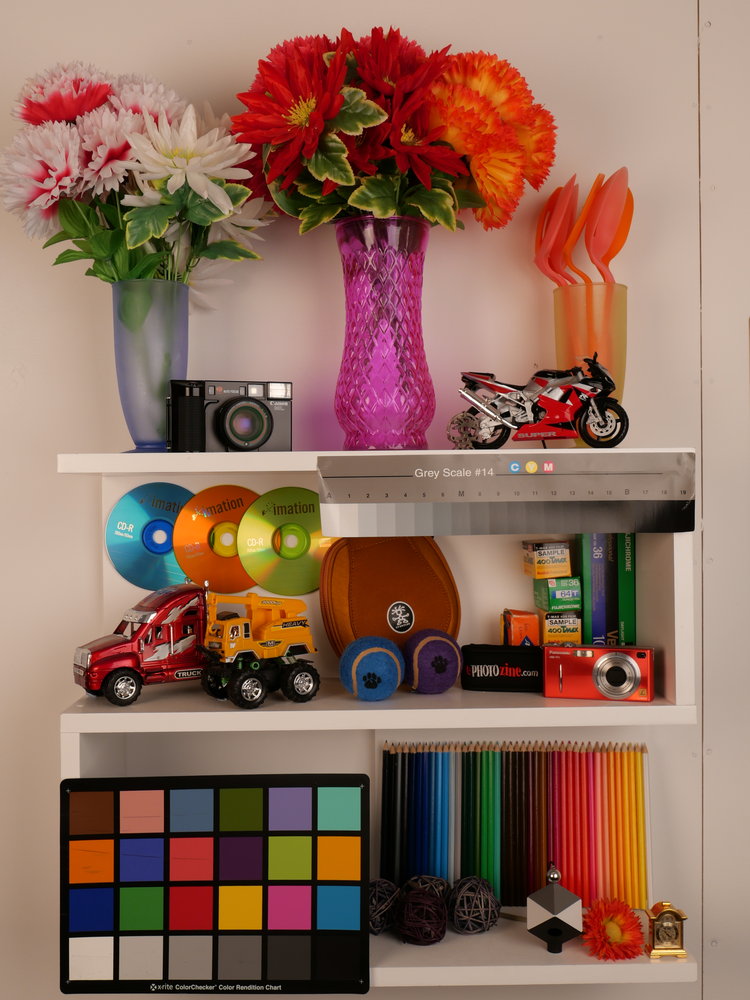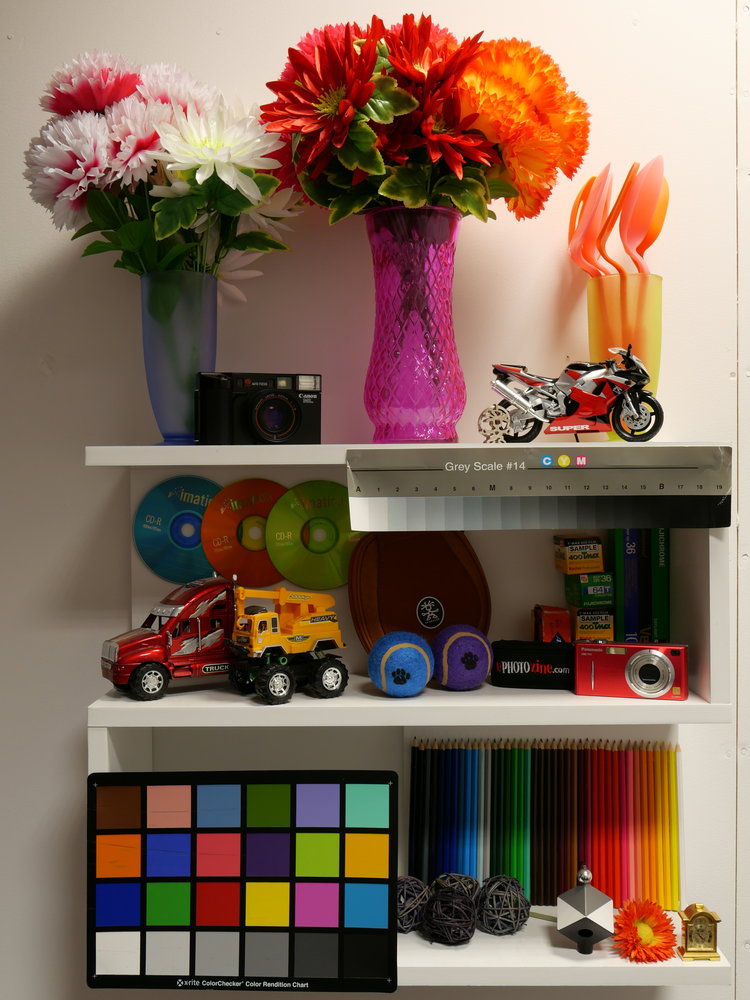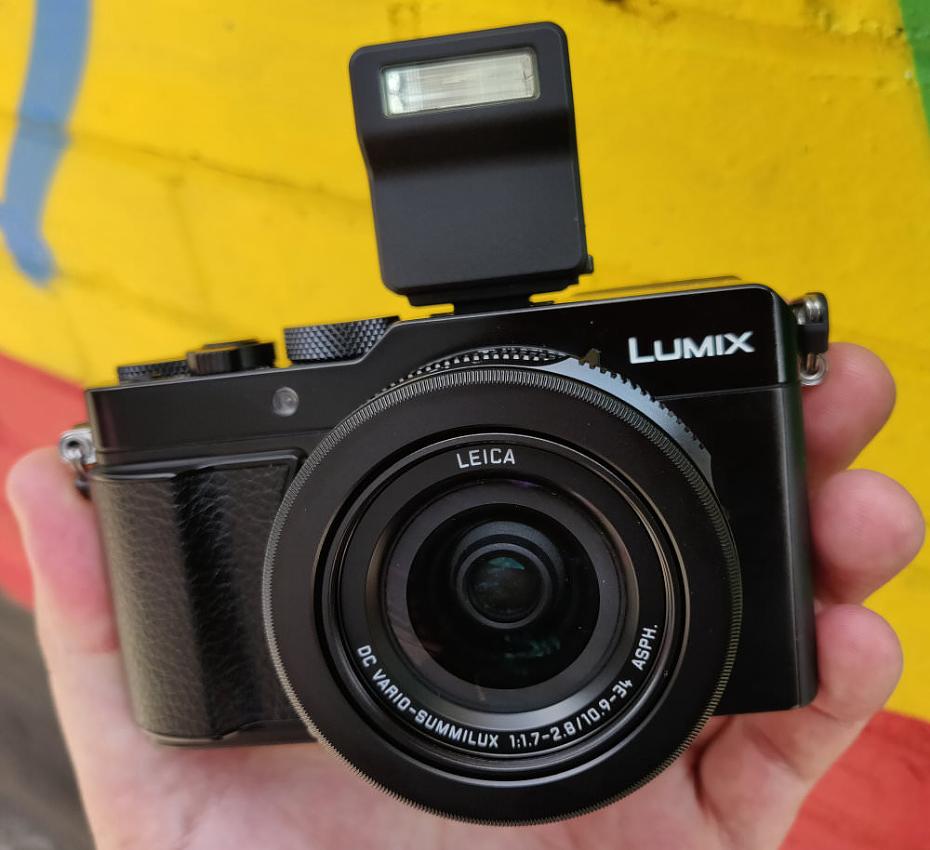
The Panasonic Lumix LX100 II is the long-awaited update to the LX100, which was first introduced in 2014. The LX100 II includes the latest 20mp Four Thirds sensor as Panasonic's Micro Four Thirds cameras, the latest Venus image processing engine, a 3inch touch-screen, and a number of new features from the other Lumix G cameras in Panasonic's range.
Panasonic Lumix LX100 II Features
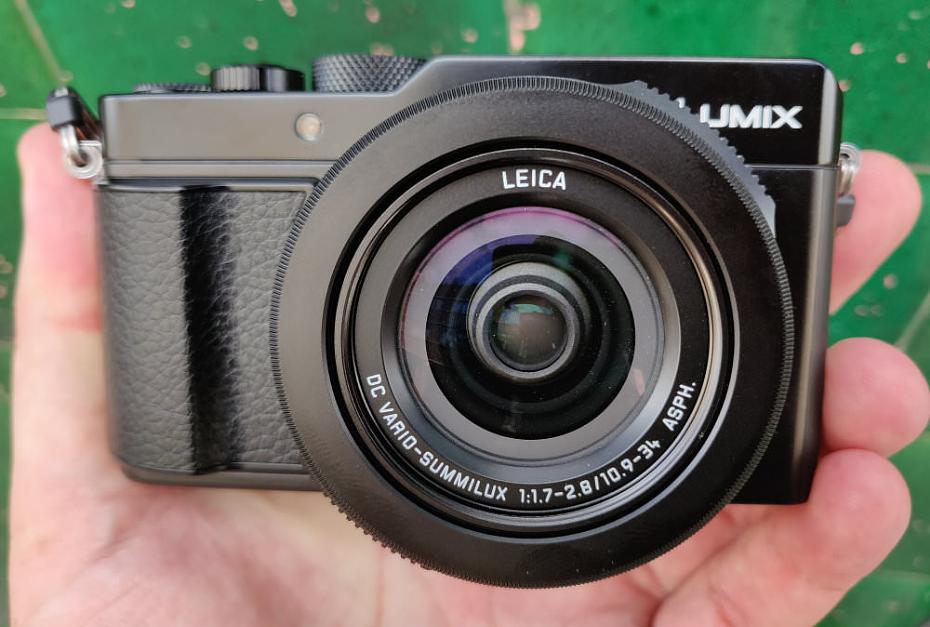
At first glance, you may be mistaken for thinking you're looking at the original LX100, but when you look at the top of the camera, you'll notice the LX100 II lettering. Beyond this, the external design of the camera remains very similar, albeit with an updated front grip, a number of additional customisable function buttons, and a touch-screen on the back.
There have been a number of changes made to the insides of the camera, including the 20mp Four Thirds sensor from the Panasonic Lumix GX9, and in the LX100 II, it's used as a multi-aspect ratio sensor, so that if you're shooting at 3:2, 16:9, or 4:3 you still get the 24mm equivalent wide-angle view of the scene. The sensor also features no optical low-pass filter, which should deliver sharper, more detailed images.
The lens remains the same, with a 3.1x optical zoom Leica DC Elmarit lens, with a bright aperture of f/1.7 to f/2.8, and 9 aperture blades. The lens is equivalent to 24mm to 75mm in 35mm terms and features optical image stabilisation. There's also direct aperture control surrounding the lens, so you can manually set this from f/1.7 to f/16, or alternatively leave it on A for Auto, and let the camera decide on the best aperture.
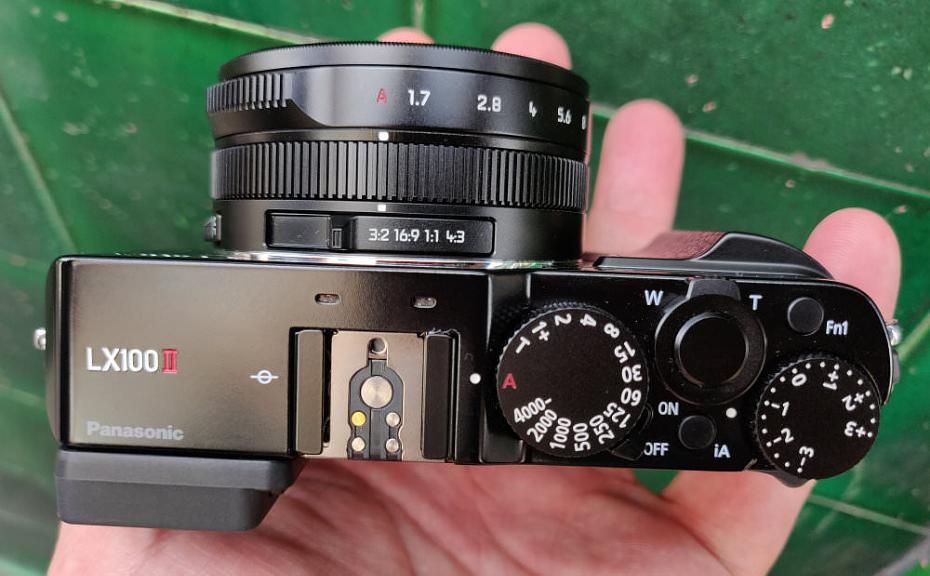
The camera retains the same external controls as the LX100, for aperture (as mentioned above), plus aspect ratio (3:2, 16:9, 1:1, 4:3), exposure compensation, focus mode (AF, AF Macro and MF), and shutter speed. New to the LX100 II is the number of customisable function buttons, with there now being five on the camera body. The camera will allow slow shutter speed shots to be taken at an impressive 30 minutes, an improvement over the original LX100.
There are new L. Monochrome colour options, as featured on other Panasonic cameras, and these are designed to give black and white images, with the look of traditional black and white film, such as Tri-X. There are 22 creative filters available, and you can shoot these in any mode, including manual modes, keeping both the original image, as well as the image with the creative filter applied.
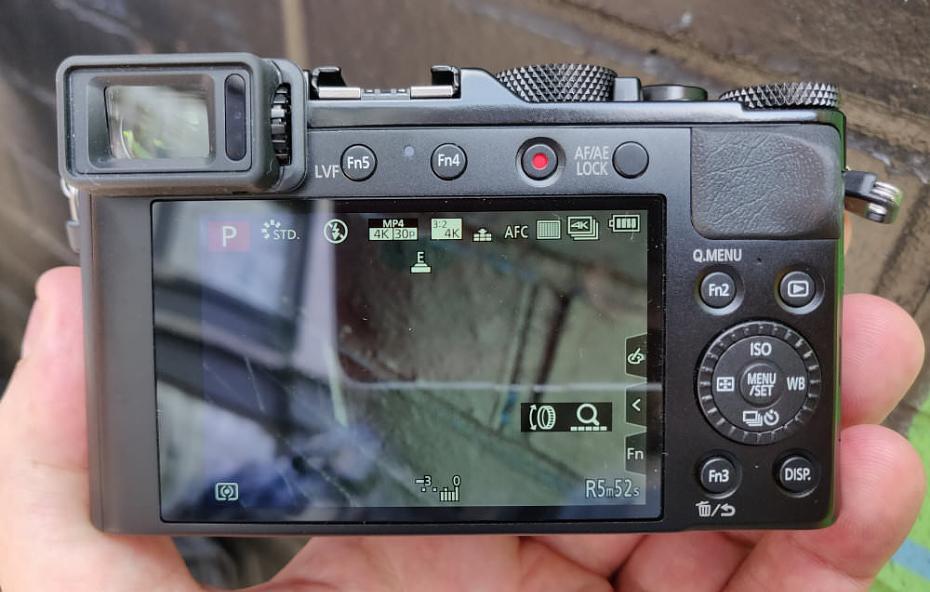
The back now features a higher resolution 3inch touch-screen, with 1240K dots. The touch-screen can be used to set the focus position, adjust menu settings, as well as control the playback mode. The electronic viewfinder features a high-resolution of 2760K dots, and there is both eye-detection (so that the camera will automatically switch between the screen and EVF), as well as AF that is automatically activated when you hold the camera up to your eye.
Wi-Fi and Bluetooth are built-in, letting you remotely control the camera, and transfer images to a compatible smartphone or tablet. The camera features built-in highlight/shadow adjustment, as well as RAW editing in the camera, making it easy to adjust the look of images without first having to transfer them to your computer.
Key Features
- Multi-aspect ratio 17mp Four Thirds Sensor (21.7mp total pixels), 1.33inch
- 24-75mm equivalent f/1.7-2.8 Leica lens, 9 aperture blades
- Power Optical Image Stabilisation (OIS)
- 3inch, 1240K dot touch-screen
- EVF, 2760K dot, 0.73x magnification, eye-detection
- Aperture / Shutter control dials
- Exposure compensation dial (+/-3)
- Manual Focus Assist / Focus Peaking
- 4K video recording, 4K photo priority mode (30fps)
- Wi-Fi / Bluetooth built-in
- 11fps continuous shooting (max 33 images raw)
- Dual-axis electronic level
- 3cm macro focus
- 22 filters, L. Monochrome, L. Monochrome D
- USB charging
Panasonic Lumix LX100 II Handling
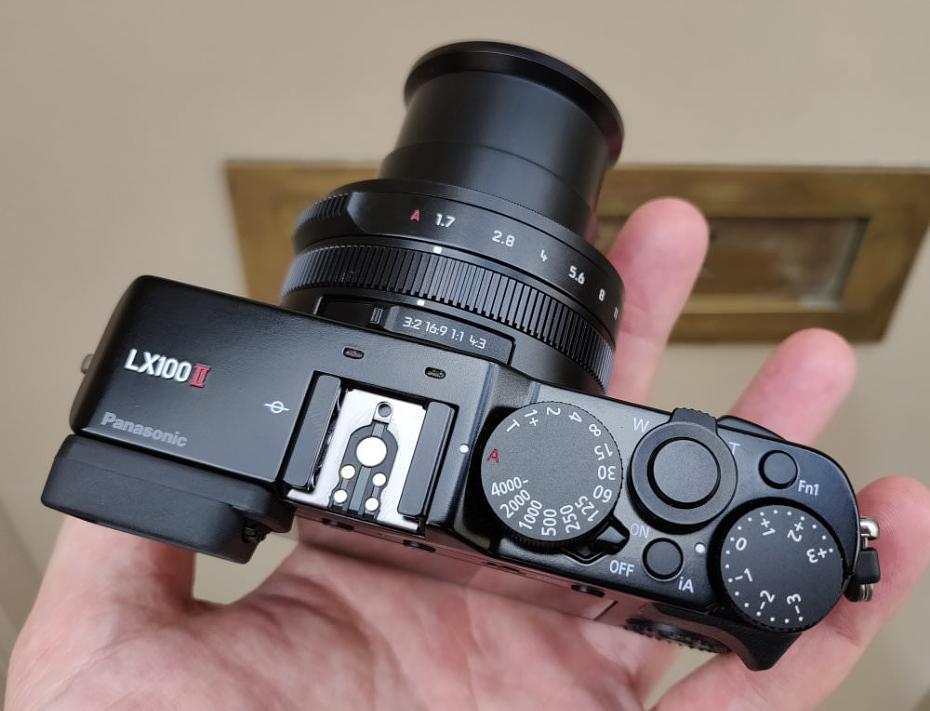
The numerous physical controls, switches, and metal dials on this camera make it feel like a solidly built camera, and you have instant access to camera settings, without having to go into the menus or turn unlabelled dials. The dials on the LX100 II are all clearly labelled, making it quick and easy to see what changes you are making, without any kind of guesswork.
As mentioned, there are multiple external dials and controls on the camera, with an aspect ratio switch on the top of the lens (which dates back to the original Panasonic Lumix LX1), a focus lever on the left hand side of the lens, and an aperture ring with (A) auto setting.
Behind the aperture ring, there is the focus ring / control ring, which is used for focus in manual focus, or by default, is set as the zoom control. The function of this can be customised to a number of things, including ISO, exposure compensation, etc. if you find that you are accidentally changing the zoom.
On top is a shutter speed dial, with (A) auto setting, and exposure compensation dial. The on/off switch is a lever rather than just a button, and is well placed so that you can quickly turn the camera on / off with your thumb. There are five customisable function buttons on the camera body, with a further 5 customisable on-screen buttons.
The front grip has been updated, and in combination with the rear thumb grip, you can get a solid grip of the camera. The rear thumb grip is rubberised and provides plenty of grip for your thumb. We'd still recommend using the provided neck strap or a wrist strap, but it's not as essential as it is with some other compact cameras.
The electronic viewfinder features a high-resolution of 2370K dots and a good magnification size of 0.73x. We found it provided a clear view and good colour reproduction. There will be some who just can't get on well with an electronic viewfinder, so for those people, the quality of the screen will be particularly important. Luckily the LX100 II provides a high-resolution touch-screen, and this gives good colour, a clear display and was visible even when shooting outdoors in bright sun. Unfortunately, it's not a tilting screen, as this would have made the camera even more versatile to shoot with.
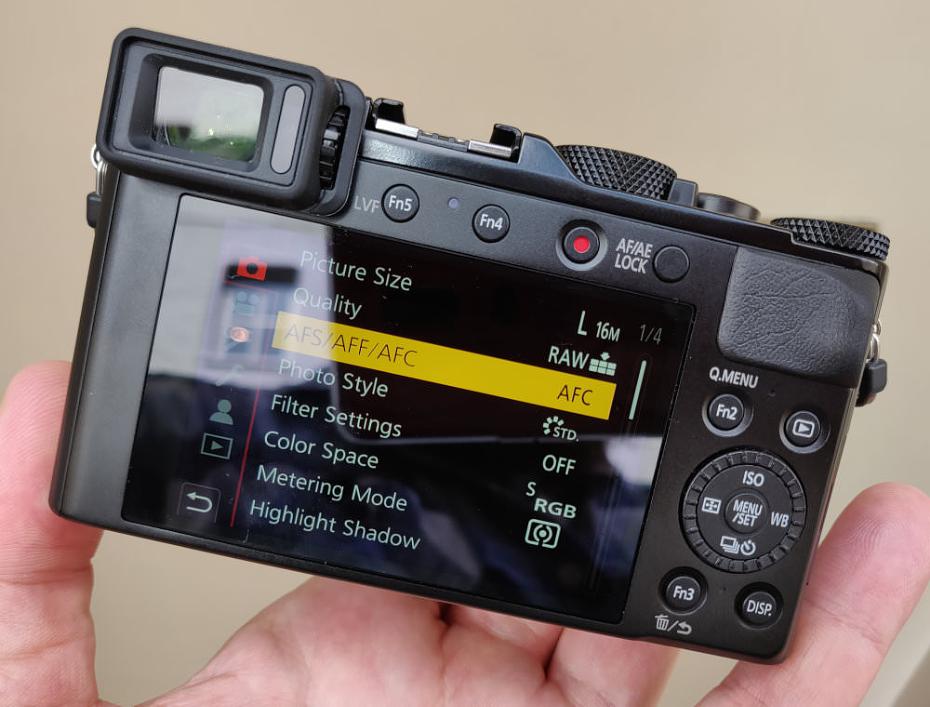
You can use the touch-screen to set the focus point, either before taking the photo, or whilst holding the camera up to your eye. You can also use the touch-screen to scroll through menu options, and change settings. In playback the screen can be used to quickly scroll through photos, zoom in, and move around photos. The menus are clearly laid out, being split into different colour coded sections.
The Q.Menu button gives quick access to settings you might want to change often. There's quick access to the ISO speed, using the 4-way controller on the back, where you'll also find Focus, WB, and Drive shortcuts.
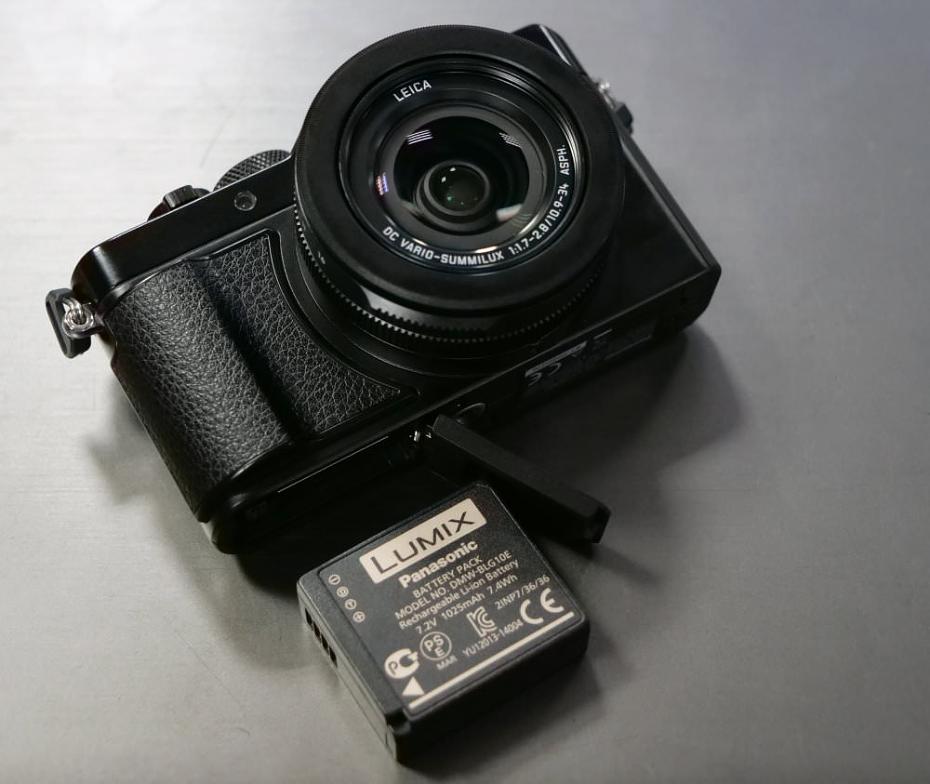
The LX100 II uses the same battery as the LX100, however, the LX100 II now supports USB charging, so you can charge the camera with just a MicroUSB cable and a USB socket - whether that's from a USB wall adapter, laptop or computer USB socket, or a portable USB charger. Battery life is rated at 340 shots, which is reasonable.

Panasonic Lumix LX100 II Performance
Here are a number of full-size sample photos taken with the Panasonic Lumix LX100 II. Simply click "High Res" to view the full-size images. You can find additional images in the Equipment Database.
Speed - We took a number of shots to test the camera's responsiveness, from switch on to first photo, shot to shot, focusing speed etc. We take a number of shots and then use the average to ensure accurate and consistent tests, making it easy to compare with other cameras.
| Shutter Response | <0.05secs |
| Wide - Focus / Shutter Response | 0.15secs |
| Full zoom - Focus / Shutter Response | 0.125secs |
| Switch on Time to Taking a Photo | 1.7secs |
| Shot to Shot without Flash | 0.5secs |
| Shot to Shot with Flash | 1.7secs |
| Continuous Shooting - JPEG (shots before slow down) |
11fps (100 shots) |
| Continuous Shooting - Flash | N/A |
| Continuous Shooting - RAW | 11fps (38 shots) |
The camera can shoot at 11fps, continuously, without slowing down for 100 shots, when shooting JPEG images, and then after this, the camera slows to around 7fps. When shooting raw images, the camera can take 38 shots before stopping.
Panasonic Lumix LX100 II Sample Photos
Sample photos - Colour reproduction straight from the camera was pleasing, with good colour saturation, and reliable exposure. Dynamic range was good, and there are a number of options available to improve the level of dynamic range recorded in images, using the iDynamic setting, Highlight / Shadow adjustment, or using the HDR option. You could also process the raw files if you felt this was necessary.
Panasonic Lumix LX100 II Lens test images
Lens Performance - With a close focusing distance of 3cm (at wide-angle) it's possible to get very close to your subject, and this, in turn, gives you a good level of separation from the background, creating pleasing background blur and bokeh. When using the full zoom, you can also focus relatively close to the subject, and again, create pleasing background blur.
Focus performance is impressive with the camera focusing very rapidly giving a high-success rate, and the focus was quick enough to get snapshots of moving subjects. There are a number of focus options, so it's possible to fine-tune the area you want to focus on, which is likely to improve your success rate further. Detail is good, with the camera producing a sharp image, particularly in the centre of the frame, however, the corners are softer when shooting at the wide-angle end of the lens, and vignetting was visible at times.
Post Focus and Focus Stacking modes are available, at 4K (8mp) resolution. Post focus lets you choose the focus point after shooting, and save as a new image, whilst focus stacking stacks a number of photos in-camera to give a great depth-of-field.
The lens has a bright aperture of f/1.7 at the wide-angle end of the lens (24mm equivalent), and this closes down as you zoom through the lens range, becoming f/2.8 at the telephoto end (75mm equivalent). Here's how the aperture available changes as you zoom through the lens range:
- 24mm f/1.7
- 25mm f/1.8
- 27mm f/1.9
- 28-29mm f/2.0
- 30-31mm f/2.1
- 32-33mm f/2.2
- 34-36mm f/2.3
- 37-39mm f/2.4
- 40-42mm f/2.5
- 43-46mm f/2.6
- 47-51mm f/2.7
- 52-75mm f/2.8
Panasonic Lumix LX100 II Other sample images
Panasonic Lumix LX100 II ISO test images
Noise performance – Noise performance is good from the lowest ISO setting, all the way up to ISO1600. The camera delivers usable images at ISO3200. At ISO6400 noise becomes more noticeable, and colour saturation drops, however the images may still be useable depending on your needs, and intended use. As the noise increases the grain has a “film like” quality, meaning that even when shooting at the higher ISO speeds, such as ISO3200 and ISO6400, images can look good. We’d avoid using ISO12800 and above, and image quality drops, and colour saturation is also reduced.
Panasonic Lumix LX100 II White-balance test images
White Balance Performance - Auto White Balance (AWB) gives good results under tungsten lighting, with a slightly warm result. The “AWB Cool” option gives a slightly cooler result, as you would expect. The tungsten preset gives a more accurate result (although manual white balance may be needed if you wanted to ultimate control of white balance). AWB performs very well under fluorescent lighting. There is no fluorescent preset, which is understandable, as the majority of the time they simply give a colour cast. AWB performs well under mixed light.

Panoramic | 1/320 sec | f/4.0 | 10.9 mm | ISO 200
There's a built-in panoramic mode, where you simply pan the camera from one side to the other. The camera automatically stitches the image together as you go, and the results can be good.
Video - The LX100 II offers 4K UHD video recording at 30fps, with stereo sound, plus FullHD video at frame rates up to 60/50fps. The 24-75mm equivalent lens, becomes a 30-94mm equivalent in 4K video mode, due to the 1.25x crop the camera applies to record 4K video. Recording FullHD video, there is no crop, and you get the same 24-75mm equivalent. Recording in good light, the video quality was very good, and optical image stabilisation did a reasonable job of keeping video steady when recording handheld. In lower lighting conditions, the focus occasionally struggled, and then took some time to find focus again. Video recorded at ISO speeds up to ISO3200 / ISO6400 look good. The camera doesn't feature a microphone socket, which will disappoint some.
You can view additional videos recorded with the LX100 II on the ePHOTOzine YouTube channel.
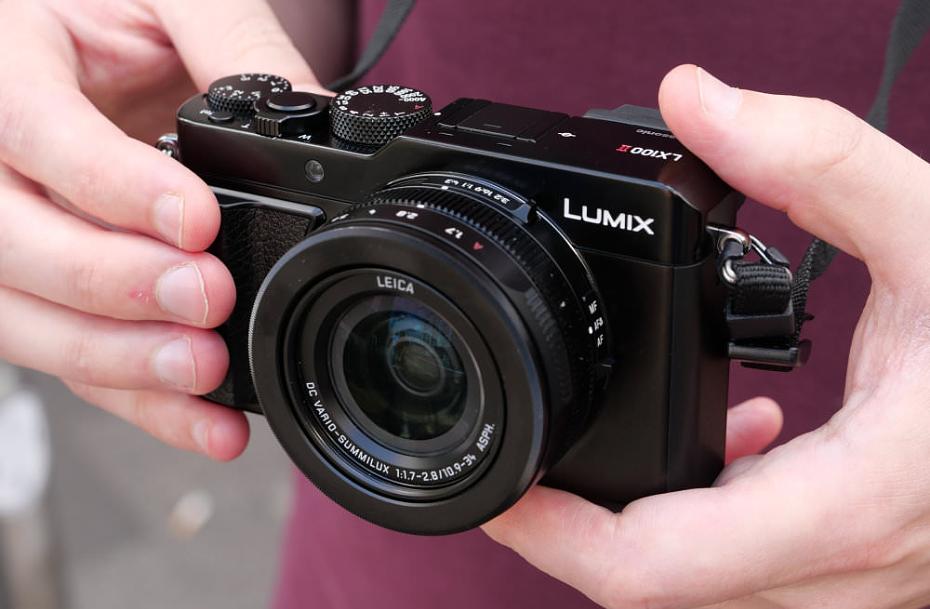
Panasonic Lumix LX100 II Taken with the LX100 II
Value for Money
The Panasonic Lumix LX100 II is available for pre-order for £849 inc. VAT, and will be available from 1 October. This is just £50 more than the LX100 (Mark I) RRP of £799 when it was first released, so represents quite good value for money, particularly when compared to the alternatives from other manufacturers. The nearest competitors are the:
Sony Cyber-shot RX100 V, 20mp 1inch sensor, 2.9x optical zoom, 4K video, currently £888
Canon Powershot G1X III, 24mp APS-C sensor, 3x optical zoom, f/2.8, currently £1089
Panasonic Lumix LX100, 12.8mp Four Thirds sensor, 3.1x optical zoom, f/1.7, 4K video, currently £499
Fujifilm X100F, 24mp APS-C sensor, no optical zoom, f/2, currently £1199
Have a look at more options in our roundup of the Top 10 Best Serious Compact Cameras.
Panasonic Lumix LX100 II Verdict
Shooting with the Panasonic Lumix LX100 II is a pleasing experience, as the camera makes it easy to change settings, without having to dive into the menu system. Focus is rapid and exposure is reliable, meaning that you can shoot confidently, and trust that you are going to get good results when you view the photos later. The screen and EVF are both very good, which means you can use these to confirm the quality of your shots while out and about. Colour reproduction was very good, and we were impressed by the results we got back from the camera, with the new sensor and lens combination delivering sharp detailed photos.
A tilting screen would be nice, as would a built-in flash. There will be times when there just isn’t enough light, and the separate flash unit is another thing to forget or lose.
4K video recording produces good looking video, with good levels of detail, however the crop factor is something to be aware of, as the lens becomes equivalent to 30 to 94mm, instead of 24-75mm.
The camera gives mirrorless / DSLR image quality, with a bright f/1.7 zoom lens, in a compact, pocketable metal body, making it easy to fit into jacket pockets, and take with you where you might not want to take the bulk of a DSLR.
 |
The Panasonic Lumix LX100 II offers excellent handling, a bright zoom lens, and good image quality. |
Own this product? Let us know what you think of it in the EQDB.
Spotted a mistake? Let us know in the EQDB.

